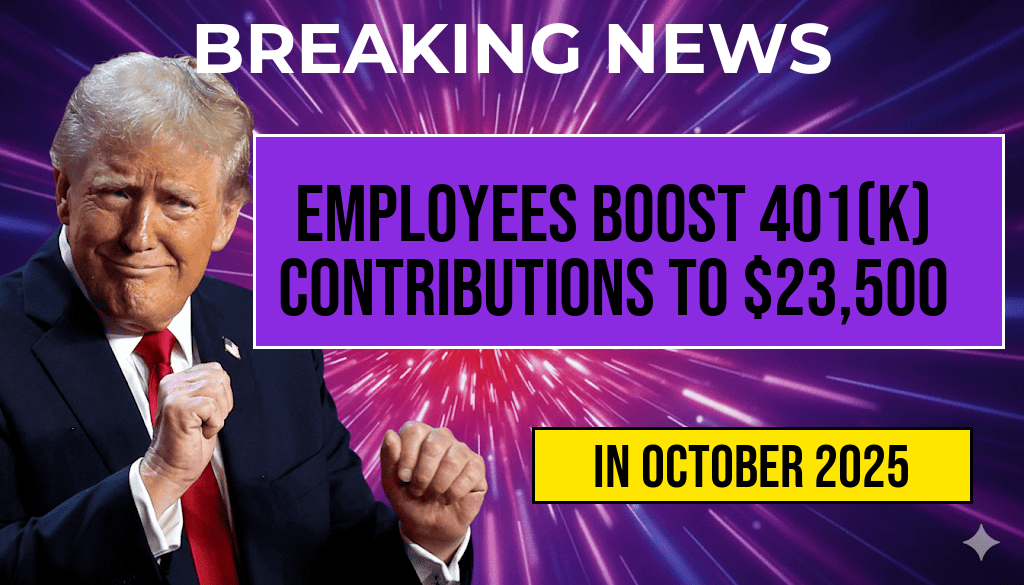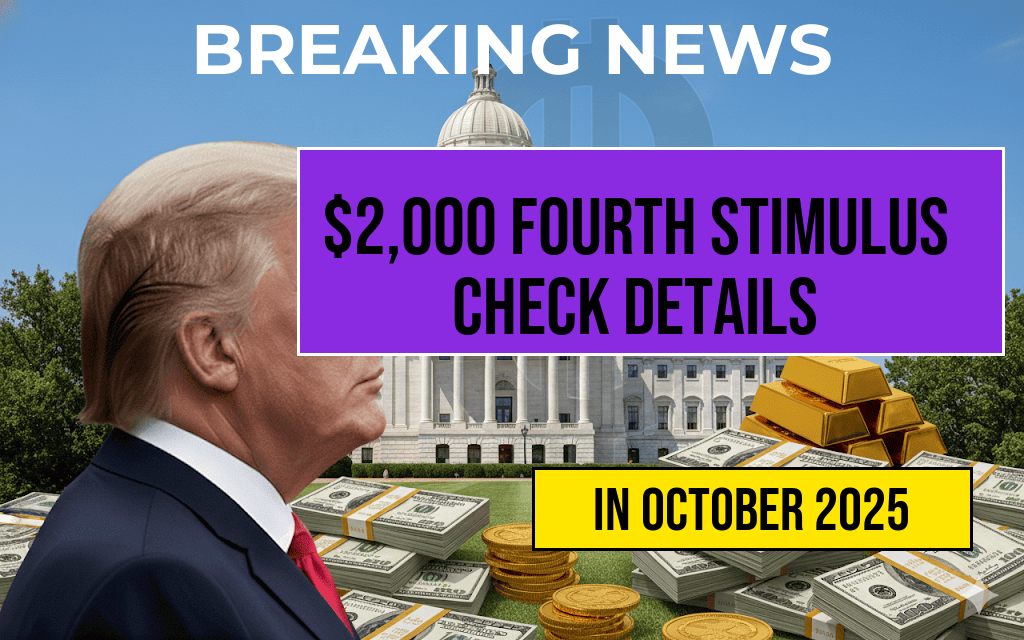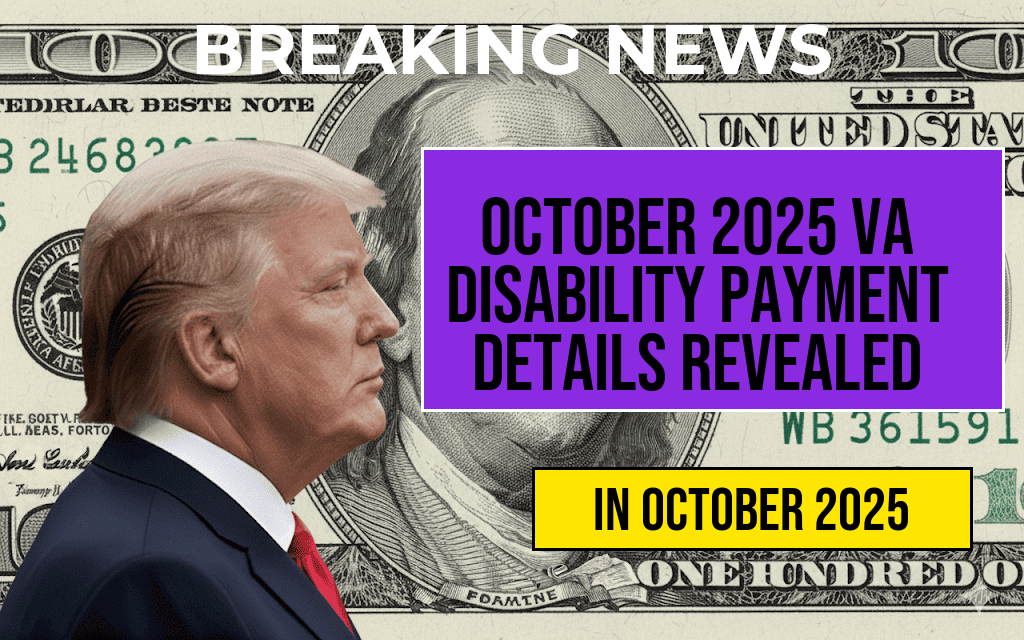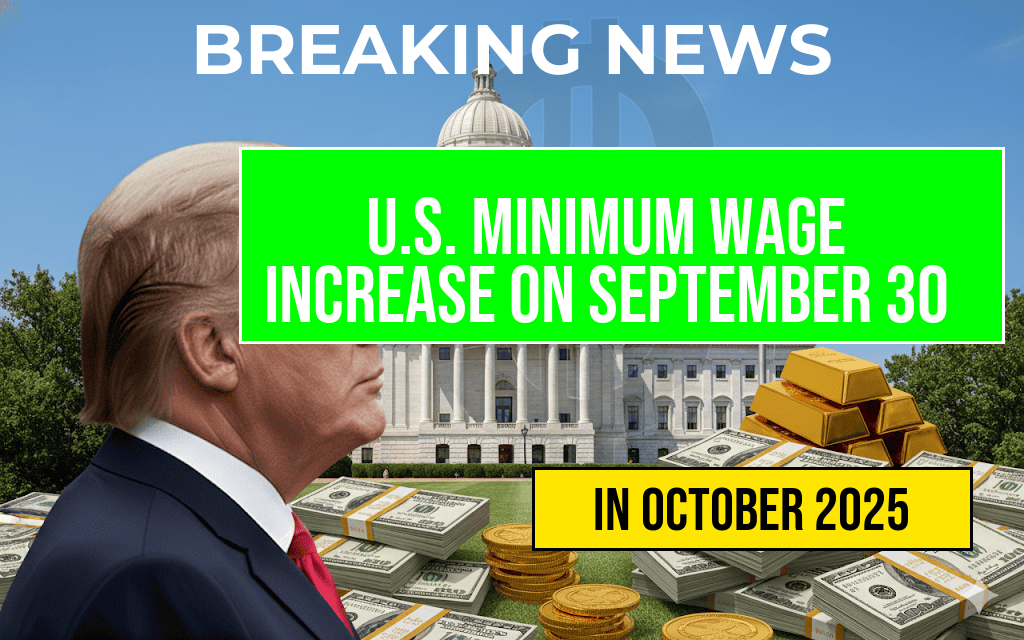In a significant shift toward enhancing retirement savings, employees will be able to increase their 401(k) contribution limits to $23,500 starting in 2025, marking an increase from the current limit of $22,500. This adjustment, announced by the Internal Revenue Service (IRS), aims to provide workers with an opportunity to bolster their retirement savings as the cost of living continues to rise. The change is part of a broader effort to help Americans prepare for retirement amid concerns about financial security and the sustainability of Social Security. With inflation impacting purchasing power, many are recognizing the importance of maximizing their retirement contributions. This increase could benefit numerous employees across various sectors, allowing them to invest more into their futures while taking advantage of potential tax benefits.
Understanding the Contribution Limits
The IRS periodically reviews and adjusts contribution limits for retirement accounts, including 401(k) plans, to account for inflation and other economic factors. The increase to $23,500 in 2025 is part of this ongoing adjustment process.
Current Contribution Limits
- 2023 Limit: $22,500
- 2024 Limit: $22,500
- 2025 Limit: $23,500
Impact on Retirement Savings
The raise in contribution limits is expected to have a positive impact on retirement savings for employees. By increasing their contributions, employees can take advantage of tax-deferred growth on their investments. This is particularly important as many Americans face challenges in saving enough for retirement. According to a report from the Forbes Advisor, many workers are not saving enough to maintain their standard of living post-retirement. The new limits could encourage more individuals to prioritize their retirement savings.
Why Increasing Contributions Matters
As inflation continues to challenge household budgets, the importance of saving for retirement has become increasingly evident. The 401(k) plan, a popular retirement savings vehicle, allows employees to save a portion of their paycheck before taxes are deducted. This not only reduces current taxable income but also helps individuals build a nest egg for retirement.
Long-Term Financial Security
Financial experts stress the need for higher contribution limits to ensure that employees can adequately prepare for retirement. The increased limit allows workers to contribute more during their prime earning years, thereby maximizing the growth potential of their retirement accounts. A higher contribution can also help counteract the effects of inflation, ensuring that retirees have sufficient funds to cover essential expenses like healthcare and housing.
Additional Considerations
While the increase is beneficial, it’s essential for employees to understand their personal financial situations. Not everyone may be able to contribute the maximum amount, and individuals should assess their budgets and savings goals accordingly.
Benefits of Maximizing Contributions
- Tax advantages: Contributions reduce taxable income.
- Employer matching: Many employers offer matching contributions, which can significantly enhance savings.
- Compound growth: The earlier and more one contributes, the more they can benefit from compound interest over time.
Future Outlook
The IRS will continue to evaluate contribution limits in future years, and it is likely that further adjustments will be made to accommodate economic changes. Employees should stay informed about these updates as they plan for their retirement. For more information on retirement planning and contributions, resources like the Wikipedia 401(k) page and financial advisory websites can provide valuable insights.
Conclusion
The increase in 401(k) contribution limits to $23,500 in 2025 presents a significant opportunity for employees to enhance their retirement savings. By taking advantage of this change, workers can better prepare for their financial futures and navigate the complexities of retirement planning.
Frequently Asked Questions
What is the new contribution limit for 401(k) plans in 2025?
The new contribution limit for 401(k) plans in 2025 will be $23,500, allowing employees to save more for their retirement.
How does the increase in 401(k) contributions benefit employees?
The increase in 401(k) contributions allows employees to enhance their retirement savings, potentially leading to a more secure financial future.
Are there any changes to catch-up contributions for older employees?
Yes, there are expected changes to catch-up contributions for older employees, which may provide additional savings opportunities beyond the standard limit.
When will the new 401(k) contribution limits take effect?
The new 401(k) contribution limits will take effect starting in 2025, giving employees time to adjust their savings plans accordingly.
How can employees prepare for the increased contribution limit?
Employees can prepare for the increased contribution limit by reviewing their current savings strategies and considering increasing their contributions to maximize retirement savings.










